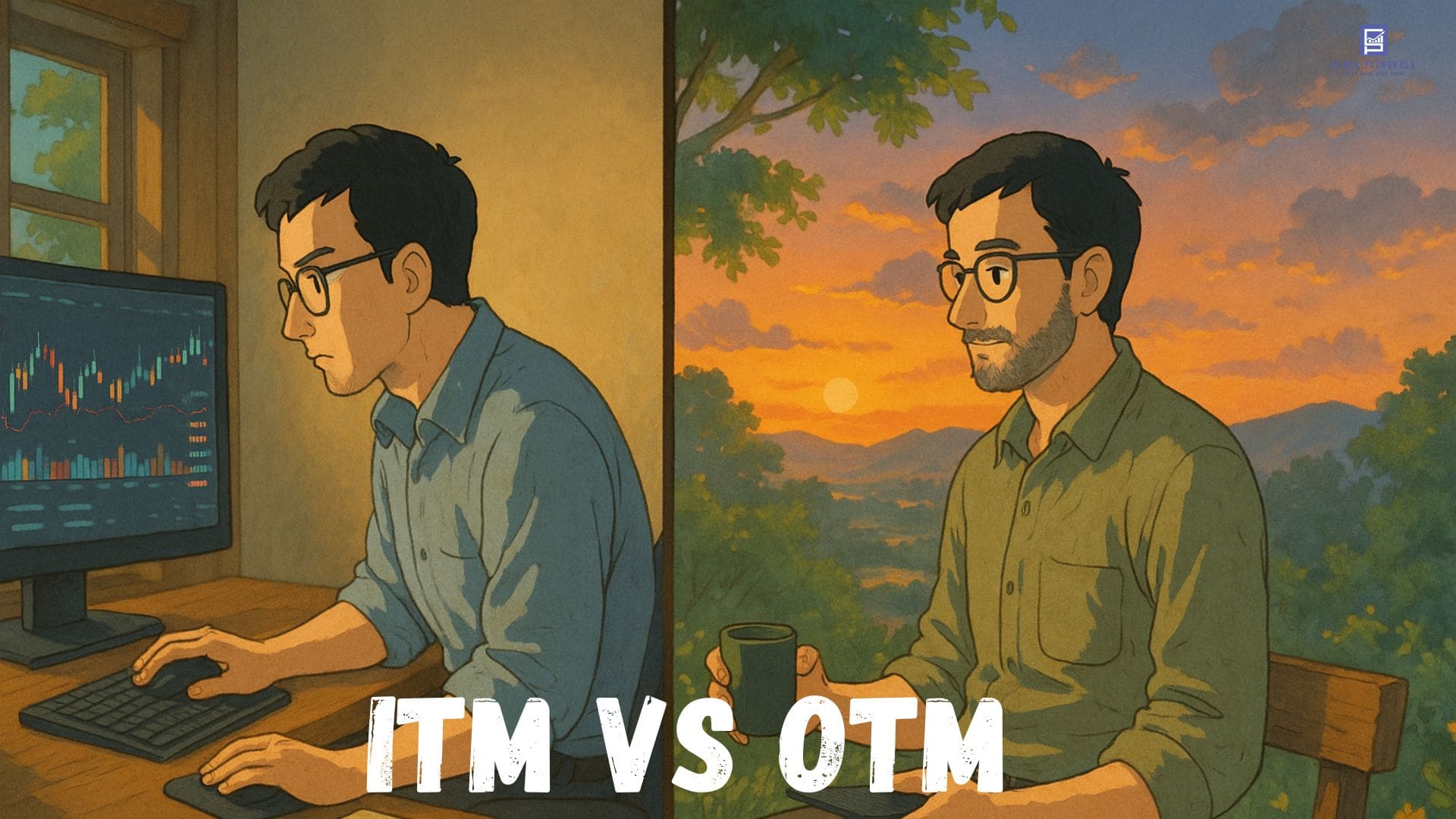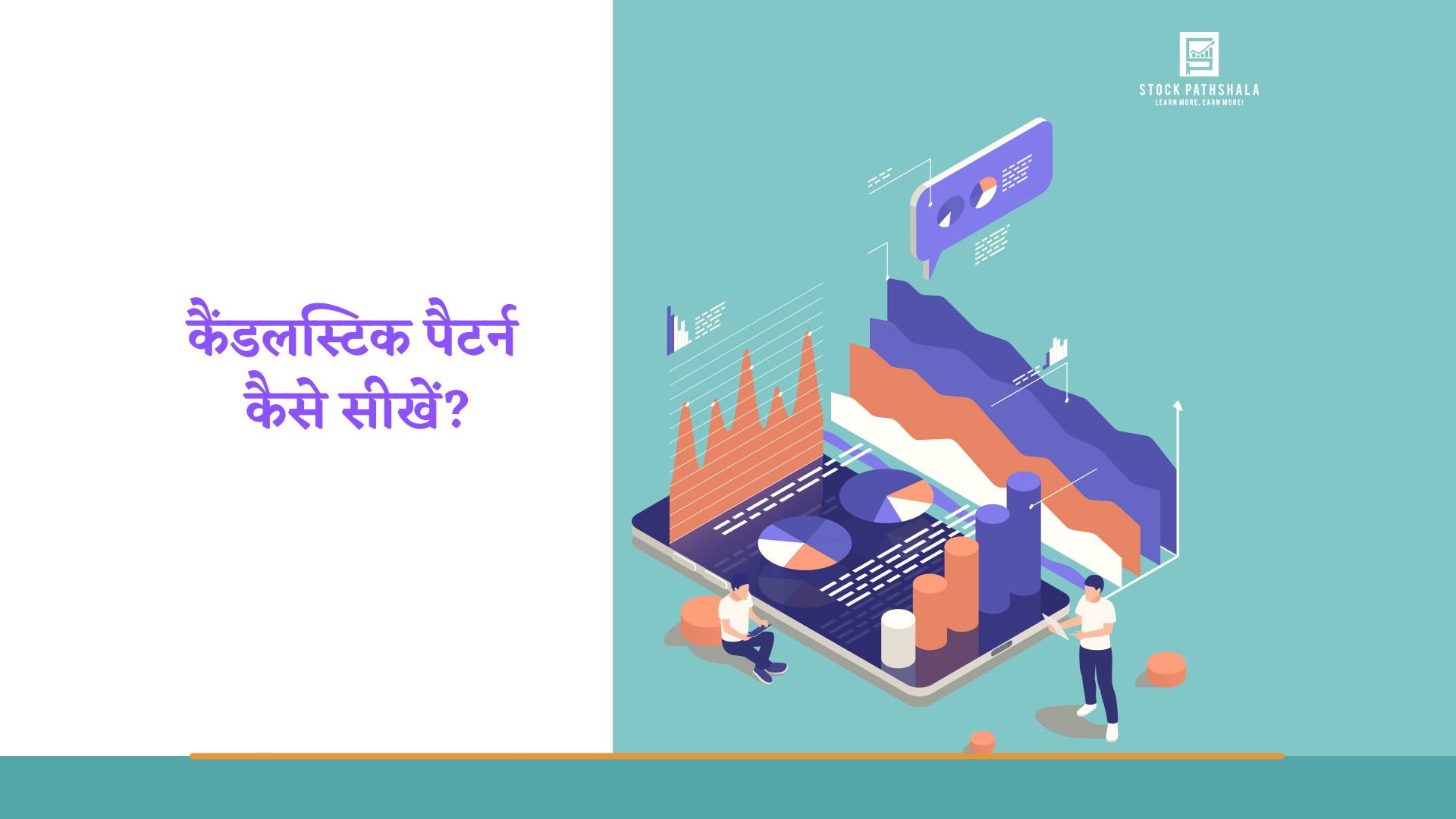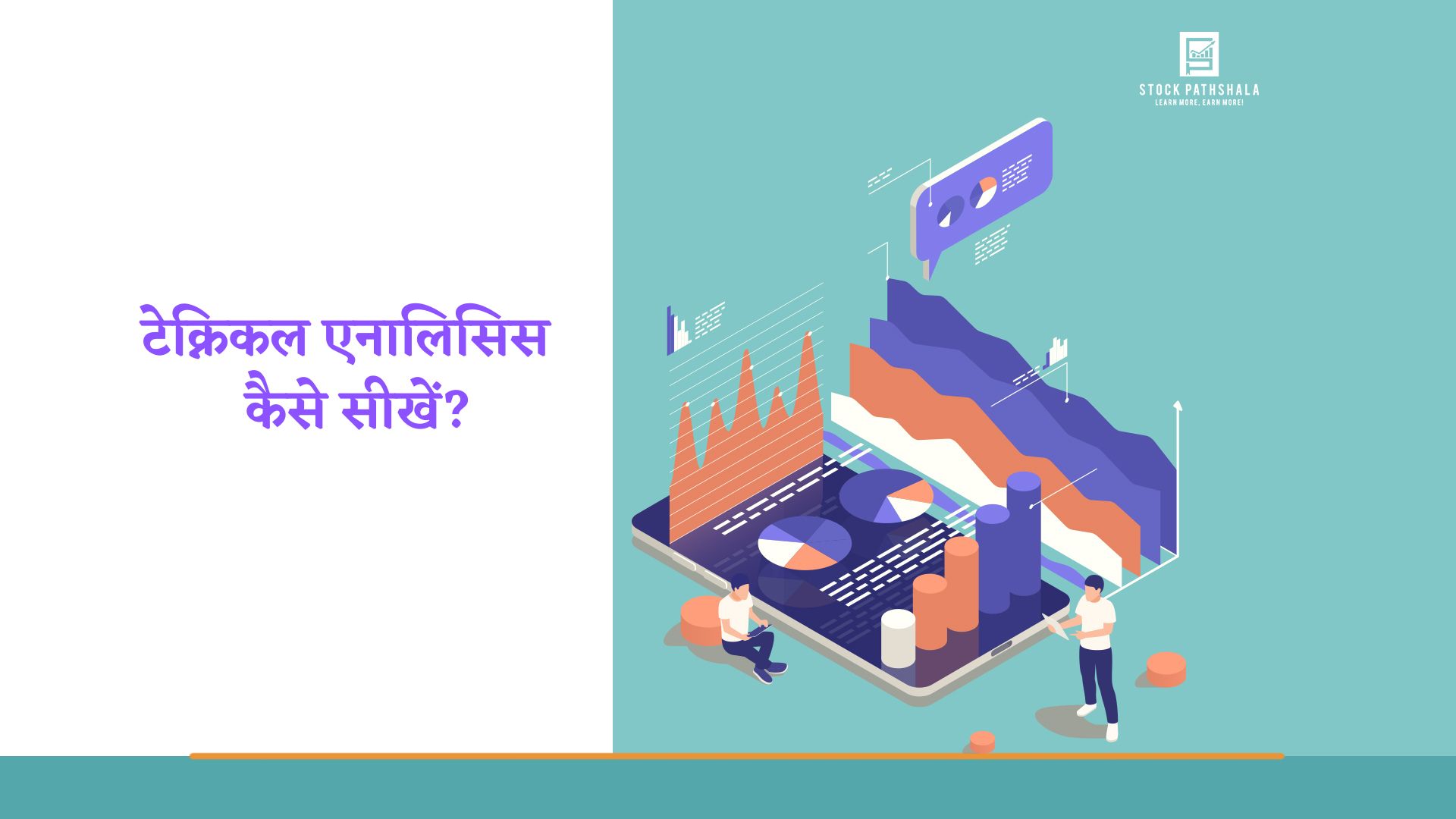“For nearly eight and a half years, you consistently executed your option selling strategies using deep ITM and ITM positions. But then, you suddenly shifted to deep OTM trades. What triggered such a drastic change?” I asked our Big Bull Podcast guest, Vikas.
Vikas leaned in, took a breath, and said calmly, “It wasn’t an easy decision. Deep ITM trades gave me control and consistency, but they demanded a lot, especially time. I was spending six to seven hours a day monitoring positions, adjusting legs, and staying alert to every tick. It became exhausting. Eventually, it began to take a toll on my health.”
“That’s understandable,” I nodded. “Maintaining that kind of focus day after day is mentally draining. So, what changed when you moved to deep OTM?”
He smiled faintly. “The first change was peace of mind. My screen time dropped significantly. I could plan trades in advance and then disconnect for most of the day.”
“That’s a big win. But how did it affect your capital and returns?”
“Well, that’s where the trade-off came in,” Vikas admitted. “Since I was collecting much lower premiums in deep OTM positions, the margin requirement went up. My main goal was to maintain the same ROI as earlier. To do that, I had to increase my investment nearly threefold.”
“Three times!” I raised my eyebrows.
“Yes,” he nodded. “And even after committing that capital, I found myself cutting down on trades frequently to manage the risks better.”
“So, peace of mind came at a cost—literally. But what were the challenges or downsides with deep OTM?”
Vikas leaned forward, his tone more serious. “The timing of my transition played a major role. It was right after COVID that the market entered a sharp bull run. That brought wild swings in deep OTM premiums. A ₹15 or ₹20 option would suddenly spike to ₹80–₹90. I saw huge losses—within seconds.”
“Wow. That kind of move can be terrifying,” I said.
“It was. And the risk got magnified because I was trading larger lot sizes—sometimes 40 to 50 lots, compared to 18 to 20 lots in ITM trades where I had better leverage.”
“That must have impacted your stop-loss strategy, too?”
“Absolutely,” he replied. “There’s something called SL jump. Let me explain. When I place a stop-loss, I use a trigger and a limit—for example, SL ₹120 with trigger ₹121. But during extreme volatility, especially in deep OTM options, the price skips the SL zone and jumps to ₹130 or more, resulting in a much bigger loss than expected.”
“That’s dangerous,” I said. “But don’t deep OTMs expire worthless most of the time?”
“They do. But expiry is far away when you’re stuck watching a premium spike four times its value. That mental stress is real and hard to handle.”
“So, eventually, you went back to ITM selling?” I asked.
“Yes, but this time with a different approach,” Vikas smiled. “I didn’t jump back all at once. I reduced my number of trades and even trimmed down position sizes. It allowed me to retain control of ITM trading while maintaining better health and balance.”
“Interesting. So even when going back to something familiar, you took it slow?”
“Absolutely,” he emphasized. “That’s one of the biggest lessons I’ve learned. No matter how experienced or profitable you are, never transition from one strategy to another—or even back to your old one—without doing it gradually. Market has a way of humbling those who rush or get overconfident.”
“That’s powerful,” I said. “A reminder that in trading, discipline isn’t just about charts—it’s also about managing yourself.”
Deep ITM vs Deep OTM Option Selling – What You Must Know
Here’s a clear side-by-side comparison of the two strategies based on Vikas’s experience:
| Factor | Deep ITM Selling | Deep OTM Selling |
|---|---|---|
| Premium Collected | High (₹80–₹100+) | Low (₹10–₹25) |
| Margin Requirement | Lower | Higher |
| Lot Size | Fewer lots traded | More lots (risk increases) |
| Stop-Loss Behavior | More stable, better execution | Prone to SL jumps due to premium spikes |
| Screen Time | High (needs active monitoring) | Low (more passive setup) |
| Mental Load | High | Moderate, but volatile sessions can be stressful |
| Volatility Sensitivity | Handles price movement better | Highly sensitive to market news & spikes |
| Return Consistency | Steady, controlled | Erratic, may need capital scaling |
| Best For | Full-time traders who prefer control | Traders with more capital seeking lower screen time |
Final Thought
Transitioning from Deep ITM to Deep OTM and then back taught Vikas—and all of us—a valuable lesson: every strategy comes with trade-offs.
The secret lies not just in choosing the right one, but in transitioning with humility, managing capital wisely, and knowing when peace of mind is more valuable than chasing every rupee.
Before investing capital, invest your time in learning Stock Market.
Fill in the basic details below and a callback will be arranged for more information:








